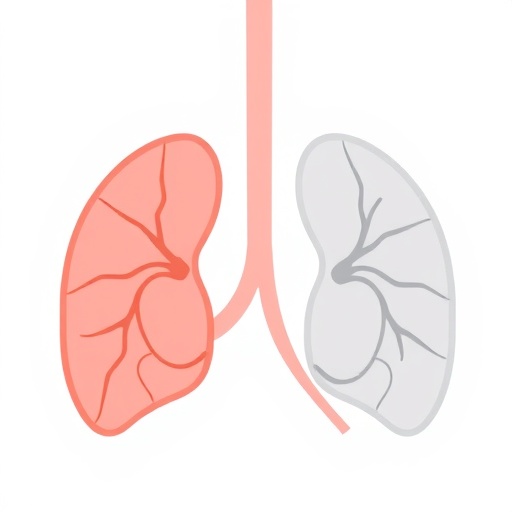One third of hypertrophic cardiomyopathy cases in Finland are caused by one of the four major mutations, a new study from the University of Eastern Finland and Kuopio University Hospital shows. Overall, 40% of patients carried a specific or a likely mutation causing the disease, and 20% were carriers of a rare gene mutation whose role in the disease remains unknown. The findings of the nationwide FinHCM study, led by Professor Johanna Kuusisto at the University of Eastern Finland, were published in ESC Heart Failure.
The study is the most extensive one so far to analyse the genetic background and outcome of hypertrophic cardiomyopathy in a nationwide cohort.
Hypertophic cardiomyopathy is estimated to occur in one in 500 adults. Among young people and athletes, it is the most common cause of sudden cardiac deaths. According to the newly published study, the prognosis of patients diagnosed with and treated for hypertrophic cardiomyopathy in Finland is good. In a seven-year follow-up, their mortality rate was low, although significantly higher than the mortality rate of the age- and sex-controlled population.
The researchers also analysed the National Cause of Death Register to explore the role of hypertrophic cardiomyopathy in all deaths occurring in Finland. Over a ten-year period, almost 600 Finns died of hypertrophic cardiomyopathy, and one third of these deaths were sudden cardiac deaths.
According to Professor Kuusisto, the high prevalence of sudden cardiac deaths indicates that cardiomyopathy remains underdiagnosed. “In order to prevent sudden cardiac deaths in particular, it is vital that patients get a timely diagnosis and proper treatment,” she says.
The researchers studied gene mutations associated with hypertrophic cardiomyopathy in a nationwide cohort of 382 people by using targeted sequencing and a gene panel comprising a total of 59 genes associated with the disease. The outcome of the disease was analysed in a follow-up study involving 428 participants.
The genetic background of the disease can differ from one population to the next. Professor Kuusisto’s research group has studied the genetics, clinical picture and pathogenesis of hypertrophic cardiomyopathy (HCM) and dilated cardiomyopathy (DCM) in Finland since the 1990s. The four Finnish major mutations causing hypertrophic cardiomyopathy have been discovered in the nationwide FinHCM study led by Professor Kuusisto.
Research has also advanced the diagnostics and treatment of cardiomyopathies. “The use of gene diagnostics, magnetic resonance imaging of the heart and implantable cardioverter-defibrillators has improved the outcome of patients,” Professor Kuusisto says.
The research group’s new projects involve induced pluripotent stem cell (iPS) technology, among other things. The researchers use cardiomyocytes developed with iPS to analyse cellular-level effects in the major mutations, and reasons behind different clinical presentations in the carriers of the same gene mutation.
###
Further information: Professor, Chief Physician Johanna Kuusisto, University of Eastern Finland and Kuopio University Hospital, tel. +358 17 173949, johanna.kuusisto (a) kuh.fi
Research article:
Pertti Jääskeläinen, Jagadish Vangipurapu, Joose Raivo, Teemu Kuulasmaa, Tiina Heliö, Katriina Aalto-Setälä, Maija Kaartinen, Erkki Ilveskoski, Sari Vanninen, Liisa Hämäläinen, John Melin, Jorma Kokkonen, Markku S Nieminen, the FinHCM Study group, Markku Laakso, Johanna Kuusisto. Genetic basis and outcome in a nationwide study of Finnish patients with hypertrophic cardiomyopathy. ESC Heart Failure, published online 19 February 2019. DOI: 10.1002/ehf2.12420
Media Contact
Johanna Kuusisto
[email protected]
358-171-73949
Related Journal Article
https:/
http://dx.




